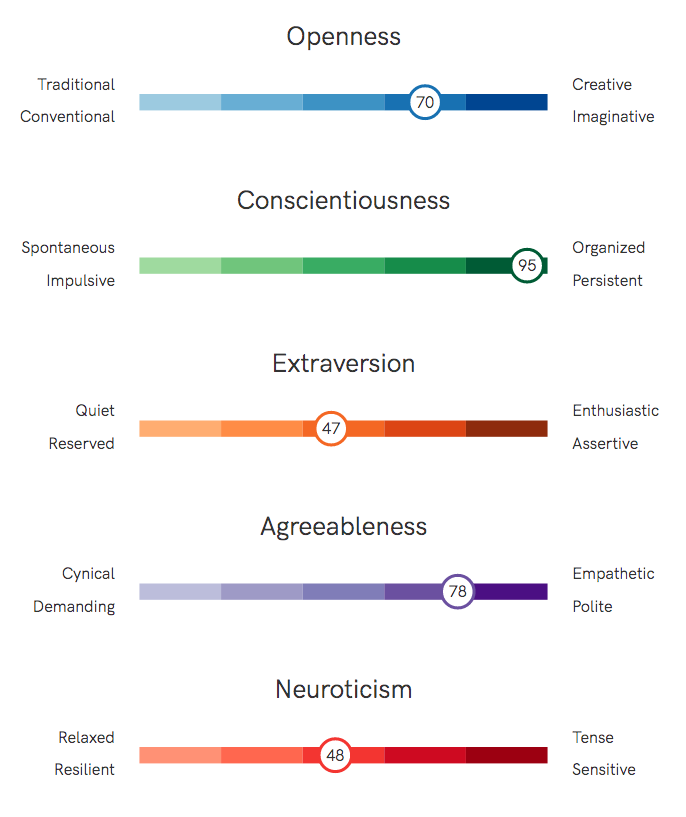The jangle fallacy occurs when someone uses two or more different names to describe the same psychological construct.
Reading time: 5 minutes

Gregory Park, Ph.D.
Author
The jangle fallacy occurs when someone uses two or more different names to describe the same psychological construct.
The jangle fallacy makes people assume that they are referring to distinct constructs. However, the distinction is superficial because they use different names to discuss the same thing.
Psychologist Truman Kelly first described this fallacy in 1927, who wrote in his Interpretation of Educational Measurements:1
Equally contaminating to clear thinking is the use of two separate words or expressions covering in fact the same basic situation, but sounding different, as if they were in truth different. The doing of this latter the writer will call the jangle fallacy.
Kelly, 1927, p. 64
Kelly’s motivating example of the jangle fallacy was the tendency of his contemporaries to contrast tests of scholastic achievement with intelligence when these tests ultimately measured and predicted the same underlying constructs.
Researchers have suggested several more recent potential examples of the jangle fallacy, including:
In each of these examples, there is a substantial overlap in the underlying constructs to the degree that some question whether distinct names are warranted.
The jangle fallacy involves two (or more) names for the same construct.
In contrast, the jingle fallacy happens when people use the same name for two (or more) distinct constructs.

Do you know your Big Five?
See how you compare on the Big Five personality dimensions.
1 Kelley, T. L. (1927). Interpretation of Educational Measurements. New York: World Book Company.
2 Vize, C. E., Miller, J. D., & Lynam, D. R. (2021). Examining the conceptual and empirical distinctiveness of agreeableness and “dark” personality items. Journal of Personality, 89(3), 594-612.
3 Ponnock, A., Muenks, K., Morell, M., Yang, J. S., Gladstone, J. R., & Wigfield, A. (2020). Grit and conscientiousness: Another jangle fallacy. Journal of Research in Personality, 89, 104021.
4 Vuyk, M. A., Krieshok, T. S., & Kerr, B. A. (2016). Openness to experience rather than overexcitabilities: Call it like it is. Gifted Child Quarterly, 60(3), 192-211.
5 Judge, T. A., Erez, A., Bono, J. E., & Thoresen, C. J. (2002). Are measures of self-esteem, neuroticism, locus of control, and generalized self-efficacy indicators of a common core construct?. Journal of Personality and Social Psychology, 83(3), 693-710.